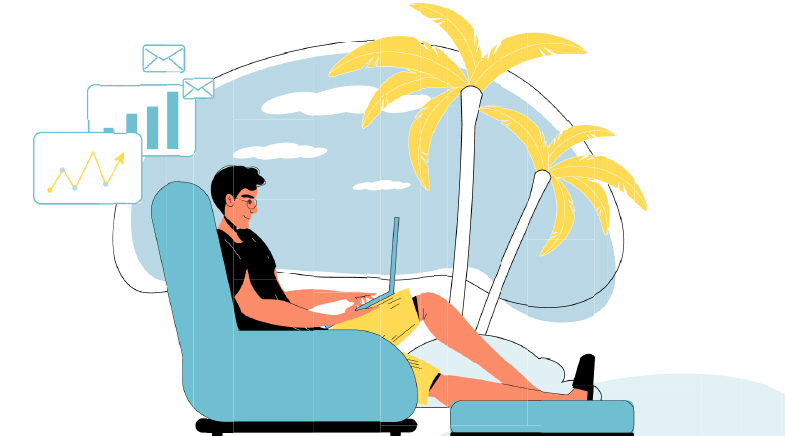Cellular cargo carriers
-
- from Shaastra :: vol 03 issue 03 :: Apr 2024

Improved and bigger artificial chromosomes allow larger genetic cargo to be carried into cells.
Scientists have developed an innovative method of designing and delivering Human Artificial Chromosomes (HACs).
The HAC could be considered as a truck, which can carry a massive cargo of genetic instructions into a cell. Though first created 25 years ago, HACs didn't turn out to be very efficient because they tended to form multiple copies of themselves — as many as 40 — or 'multimerise' and even grab a bit of a natural chromosome in the cell and clump with it. This made it very difficult to get them to do coherent work. "The reasons why they metamerise is not fully clear. Instead of trying to resolve the metamerisation issue, we decided to bypass the problem completely, by designing larger HACs, which wouldn't metamerise," says Ben Black, Professor at the University of Pennsylvania and corresponding author of the study published in Science (bit.ly/artificial-chromosome).
HACs are constructed using base pair sequences from around the centromere – the central region of chromosomes that controls cell division. Unless an HAC maintains its single-copy integrity after mitotic division of the engineered cell, the exercise is futile. "We reasoned that a bigger chunk of centromere material is needed to ensure proper mitosis," explains Black. So, instead of the 200,000 base pairs that were previously used to create HACs, the team used 750,000 base pairs. (Though larger, this novel HAC is only a fraction of the size of a natural human chromosome, which has 50-250 million base pairs.) Centromeres regulate mitosis through a protein called CENP-A as well as through an inner centromeric chromatin; larger sequences allowed for higher arrays of both these materials to form. The novel HACs did not metamerise and maintained their single-copy fidelity after mitosis.
The researchers harnessed the cellular machinery of budding yeast to manufacture bigger HACs.
The researchers harnessed the cellular machinery of budding yeast (Saccharomyces cerevisiae) to manufacture these bigger HACs. While smaller HACs could be delivered to host cells by attaching them to a lipid vehicle to cross the cell wall barrier, the larger cargo needed a new delivery mode. The researchers fused the donor and host cell by dissolving the cell walls. According to Black, this method was more efficient, with around 40% of the hosts taking up the new HAC and dividing normally.
The researchers say that while there is scope for improvement in their design, the novel methods open the door to further research with the genetic cargo onboard HACs or the recipient cells. The method can be used to deliver useful genetic cargos for biomedical, industrial and agricultural purposes.
Rakesh Mishra, Director of the Tata Institute for Genetics and Society in Bengaluru, hailed "this technological achievement," saying it will open up new vistas for understanding the human genome and find use in applied genomics. Mishra wasn't involved in the study.
Have a
story idea?
Tell us.
Do you have a recent research paper or an idea for a science/technology-themed article that you'd like to tell us about?
GET IN TOUCH














